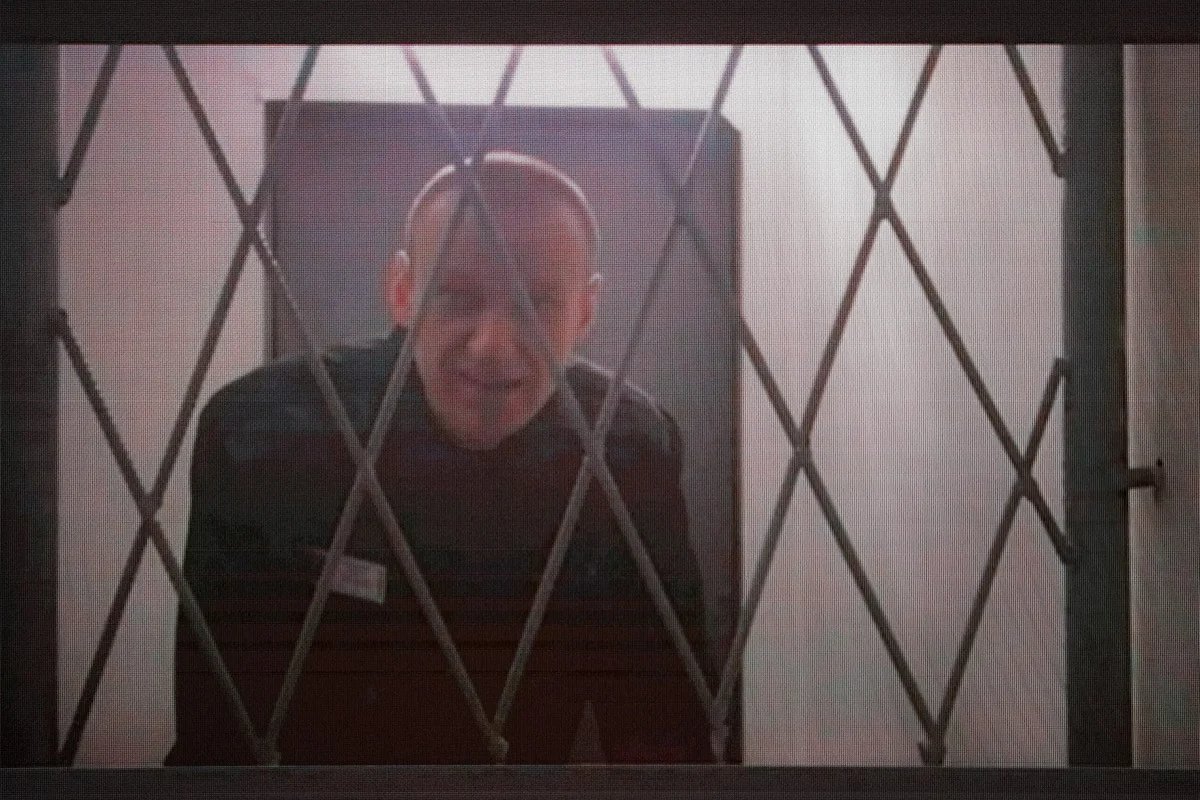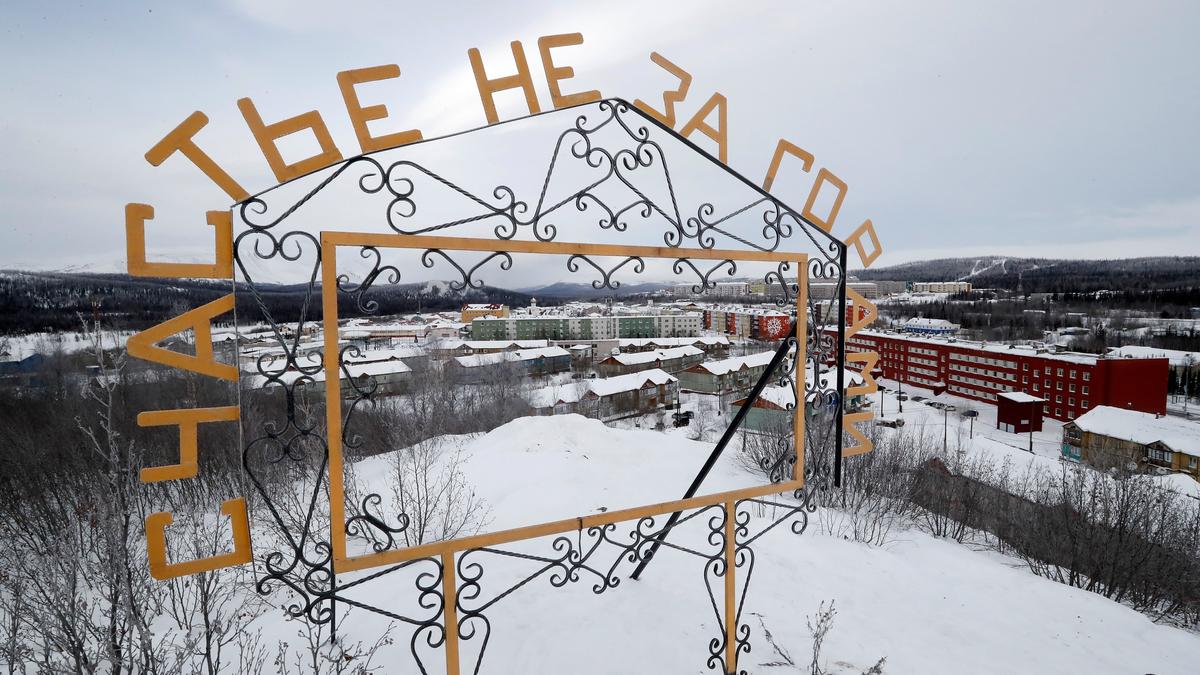Communication with inmates at penal colony IK-3 in the Russian Arctic has never been easy even at the best of times due to its strict detention regime and incredible remoteness.
It inevitably became even more difficult than usual to contact anybody at IK-3 without the mediation of the Federal Penitentiary Service following the announcement of Alexey Navalny’s death on Friday. Nonetheless, Novaya Europe managed to get in touch with one inmate who said that a “mysterious commotion” had broken out in the penal colony the previous evening.
“It all started when they really sped up our evening search. This usually happens on holidays when the guards are in a hurry to go and celebrate, but yesterday wasn’t a holiday. Then they locked us up, forbade any movement between barracks, and tightened security. We heard cars drive onto the prison grounds late at night but couldn’t see through our cell windows what they were,” the inmate told Novaya Europe.
He said that guards conducted an in-depth search of the prisoners’ cells first thing the next morning, seizing phones, decks of cards, and even coil heaters which they had previously turned a blind eye to. The guards made it sound like there was an outside inspection coming up.
“Usually both the administration and the inmates find out about such inspections about a month in advance and prepare for them because neither the guards nor the prisoners want the inspectors to find any violations. And so we were expecting an inspection out of the blue! Something must have happened.”

Alexey Navalny speaks via videoconference at a Russian Supreme Court hearing, 11 January, 2024. Photo: Yury Kochetkov / EPA-EFE
At around 10am on Friday, the news of Navalny’s death spread among the inmates.
“The punishment cell area that [Navalny] had been placed in is located somewhat to the side of the barracks, but we would have seen an ambulance drive up to it. But there was no ambulance in the colony that morning — it only appeared after the news of Navalny’s death became known. So I think he died a lot earlier than was stated officially — the night before, most likely. Why else would they completely lock us up and search us so thoroughly?”
However, Novaya Europe’s source said he thought the administration looked totally wrong-footed by Navalny’s death, remarking how both the warden and the penal colony’s head of operations both looked distraught in the immediate aftermath of the news being announced.
“In the afternoon, several cars drove up to the administration unit. One was from the IK-18 prison, one from Salekhard, and a few others from Labytnangi, apparently. I think they wanted to coordinate their stories before the inspectors arrived.”
The inmates were informed that inspectors from the central office of the Federal Penitentiary Service were coming to IK-3 at about the same time as they found out about Navalny’s death. Novaya Europe’s source sees that as further evidence that Navalny died much earlier than announced.
Still, there is widespread certainty among the inmates that neither warden Vadim Kalinin nor his subordinates had anything to do with Navalny’s death, while not completely excluding the possibility that they were ordered to do something they didn’t want to.
“The first postmortem will determine the exact time of death based on body temperature, rigor mortis, and the contents of the internal organs,” pathologist Irina Sitnova told Novaya Europe. “Since the family doubts the cause of death given by the authorities, they will insist on an independent autopsy. If Navalny did die of a thromboembolism, as the authorities claim, the autopsy will show this clearly, and a second post-mortem will confirm it. But a follow-up autopsy will be unlikely to determine the exact time of death.”
Knowing the exact time of death is not only important to establish its cause, but to reconstruct the chain of events that preceded it, forensic expert Igor S. told Novaya Europe.
“There is a great risk that the last hours of Alexey Navalny’s life will forever remain a mystery for both his family and the public.”
In the case of a possible thromboembolism, the blood clot could have broken loose on its own, but it could also have been triggered by physical impact — for instance, by being hit on the spot where the blood clot formed.
This is exactly the kind of information that an initial autopsy would normally provide.
“After a first postmortem, the state of his internal organs won’t be particularly informative,” Igor S. said. “Unless his relatives manage to get independent experts to participate in the first autopsy, it will be difficult to challenge the official time of death and recreate the sequence of events that preceded Navalny’s demise.”
Join us in rebuilding Novaya Gazeta Europe
The Russian government has banned independent media. We were forced to leave our country in order to keep doing our job, telling our readers about what is going on Russia, Ukraine and Europe.
We will continue fighting against warfare and dictatorship. We believe that freedom of speech is the most efficient antidote against tyranny. Support us financially to help us fight for peace and freedom.
By clicking the Support button, you agree to the processing of your personal data.
To cancel a regular donation, please write to [email protected]

